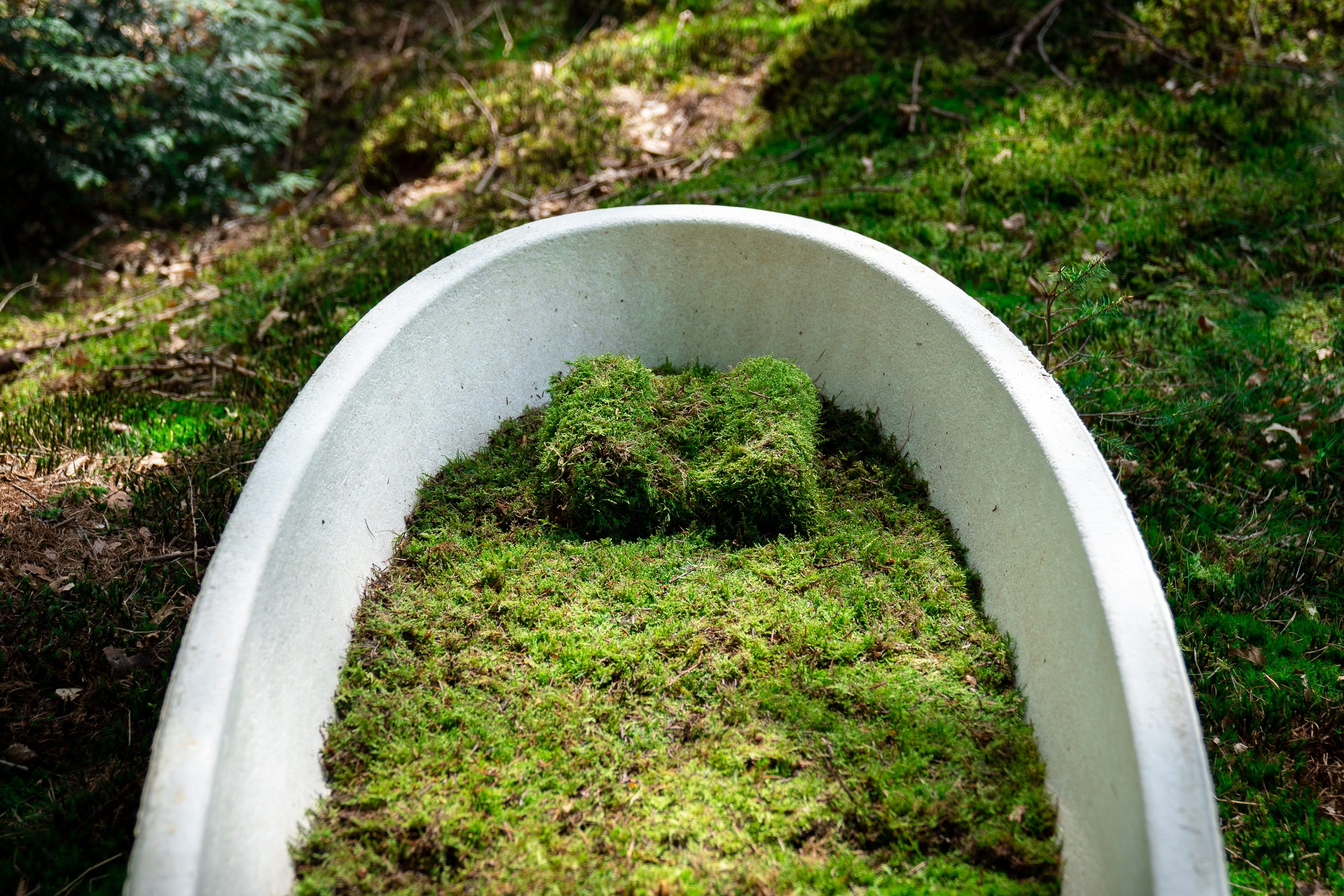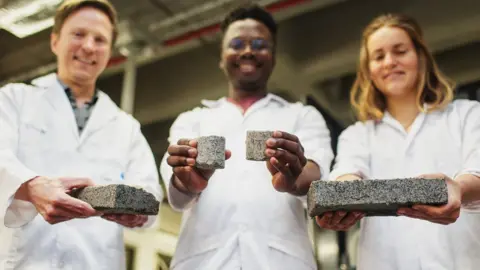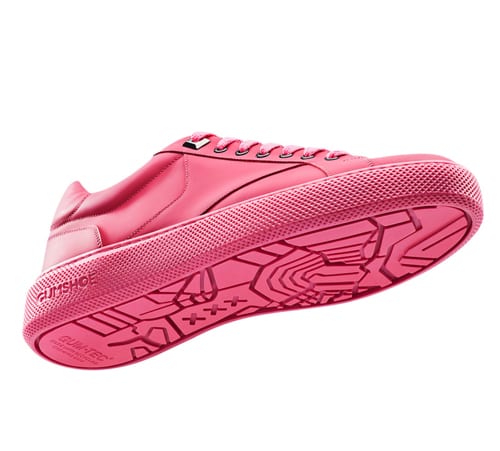Let’s be honest, the word “sustainability” can sometimes bring images of strong discussions, alarming statistics, and perhaps a touch of eco-anxiety. But what if we told you that the future of our planet is also being shaped by some truly wild, wonderfully weird, and undeniably brilliant inventions? Today we are diving into the delightful (and often surprising) world of the circular economy, where waste is the new gold, and innovation is turning trash into treasure.
The circular economy is a concept that goes far beyond simply “reduce, reuse, recycle”. It’s about fundamentally rethinking how we design, produce, and consume goods to keep resources in use for as long as possible, getting the maximum value from them while in use, then recovering and regenerating products and materials at the end of each service life. These are some of the ways we are achieving this that are absolutely fascinating:
Eco-coffins for a goodbye that gives back to the planet

Even human end of life is being reimagined through a sustainability lens, with innovations like eco-coffins offering a gentler, more earth-conscious goodbye. Designs such as “Eleanor the Eco-Coffin” are crafted from biodegradable materials like bamboo, willow, or recycled cardboard, avoiding toxic glues, metals, or varnishes that hinder natural decomposition. Unlike traditional coffins or cremation (both of which have significant environmental impacts), eco-coffins support a return to the earth in harmony with natural cycles. They reflect a circular approach to life and death, aligning with values of minimal waste, regeneration, and respect for nature. For many, choosing an eco-coffin is part of a broader shift toward green burials and conservation-focused memorials, allowing individuals to leave behind a legacy that honours both loved ones and the planet.
Bricks Made of Urine
Scientists at the University of Cape Town in South Africa have developed bio-bricks using human urine, sand, and bacteria through a process called microbial-induced calcite precipitation. These “pee bricks” require no firing in a kiln, which drastically reduces CO₂ emissions compared to traditional brickmaking. The process also opens the door to a new form of waste recovery, demonstrating how even our most unglamorous outputs can become part of sustainable construction.

Poop-Powered Streetlights
In Malvern Hills, England, inventor Brian Harper developed the UK’s first dog poop-powered streetlamp. Frustrated by dog waste littering the area, Harper created a lamp equipped with an anaerobic digester. Dog walkers deposit their pets’ waste into the digester and turn a handle to mix the contents. Microorganisms then break down the waste, producing methane gas that fuels the lamp, illuminating the area. This system not only provides eco-friendly lighting but also produces fertilizer as a byproduct.

Insect Protein Snacks
While munching on crickets might sound strange, insect-based foods are a low-impact alternative to traditional meat. Insects like mealworms and crickets require far less water, land, and feed, and emit fewer greenhouse gases. These tiny protein alternatives are now being incorporated into everything from energy bars and tortilla chips to flour and pet food, making low-impact diets a lot more accessible.

Cow Burp Catchers
Cows emit methane, a potent greenhouse gas, mostly through belching. A wearable device developed by UK-based startup Zelp fits over a cow’s nose and captures methane from each burp, oxidizing it into less harmful CO₂ before it enters the atmosphere. Initial trials have indicated that the device can mitigate methane emissions by up to 50%. This device also collects data on the animal’s health and behavior, helping farmers improve both productivity and welfare.
From being sticky in the city, to Stylish Soles: The Rise of GUM-TEC®
You’re walking down the street, and there it is: chewing gum. What if we told you that this sticky threat is now becoming the sole of your next pair of sneakers? Gumdrop Ltd., a truly ingenious UK company, collects post-consumer chewing gum and pre-consumer waste to create GUM-TEC®, a versatile material that can be molded into new products. Their most iconic invention? The Gumshoe sneaker, featuring soles made from recycled gum. But it doesn’t stop there: GUM-TEC® is also being used to create coffee mugs, bins, and even components that could replace conventional rubber and plastic. It’s a stylish solution to a sticky problem, proving even gum can go full circle.

Peel Power: The Promise of Banana Bioplastics

The promise of Banana Bioplastics Banana peels may be the unsung heroes of the plastic-free revolution. Instead of sending them to landfills, researchers from Brazilian Agricultural Research Corporation and the Federal University of São Carlos successfully extracted natural polymers like starch and pectin to produce bioplastics. These biodegradable materials can be molded into everything from food packaging films and disposable utensils to compostable bowls and even car parts. Unlike traditional plastics, banana bioplastics break down naturally in the environment, tackling two major problems at once: agricultural waste and plastic pollution.
The examples above are just the tip of the iceberg when it comes to the ingenuity flourishing in the circular economy. It’s about a fundamental shift in mindset, embracing innovative and creative design, groundbreaking material science, and a collective commitment to rethinking how we produce and consume goods. It’s about keeping our precious resources in use for as long as possible, ensuring a healthier, more sustainable future for our planet, one bizarre, brilliant invention at a time.